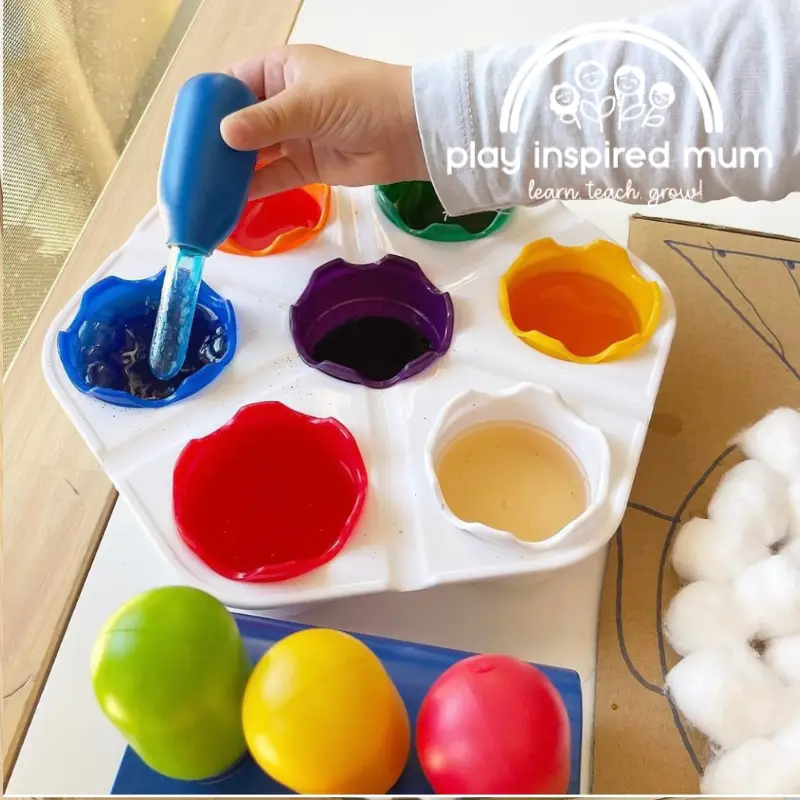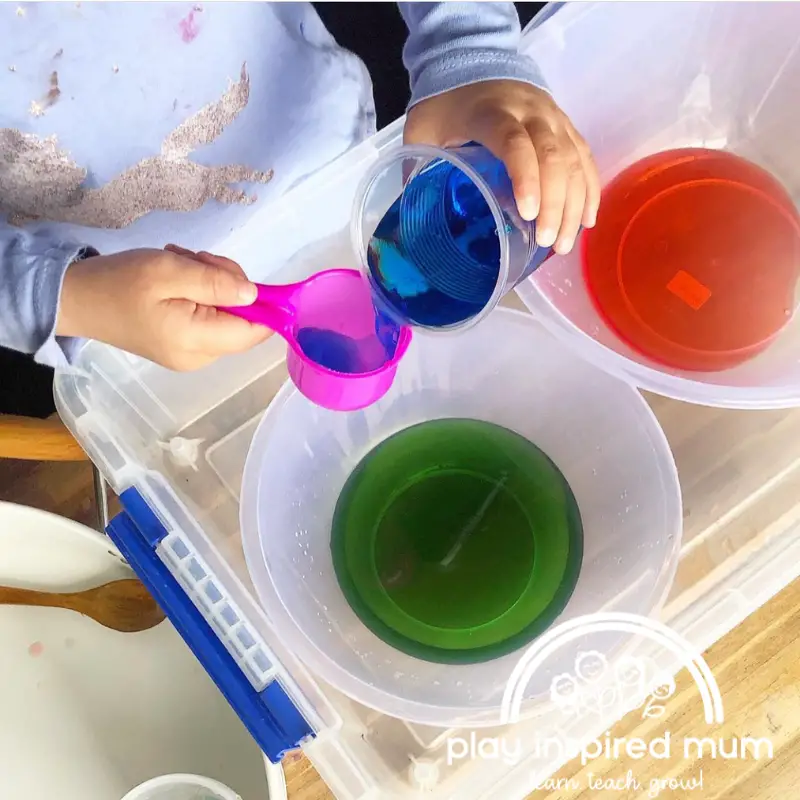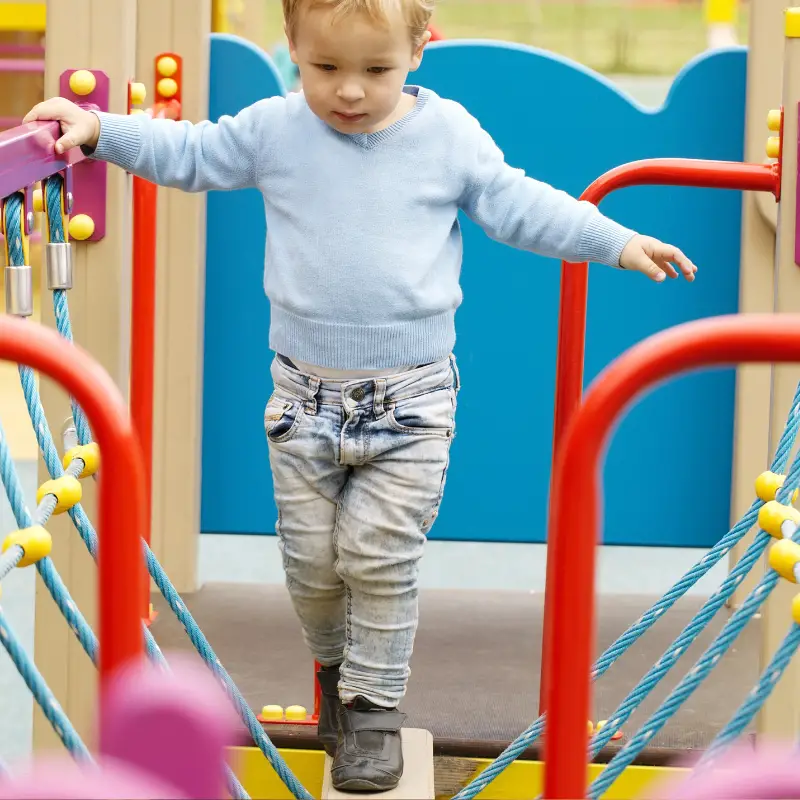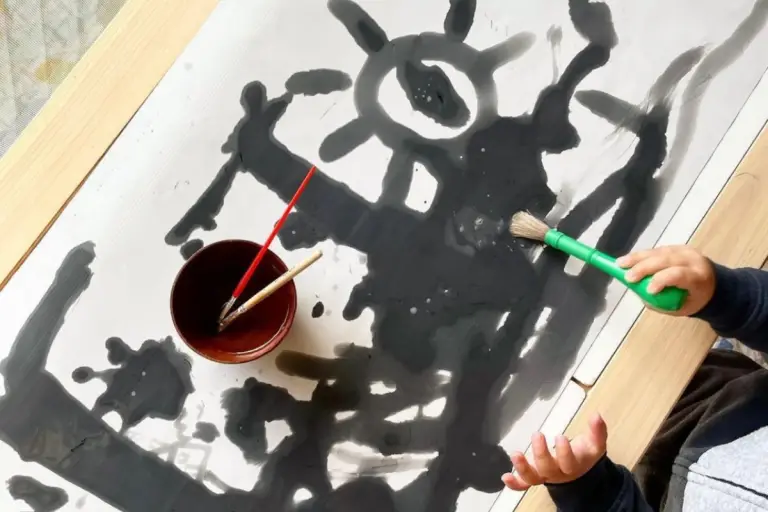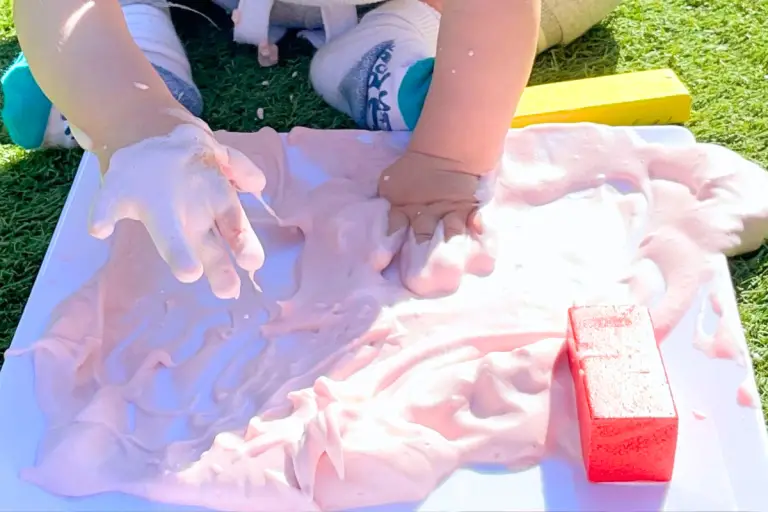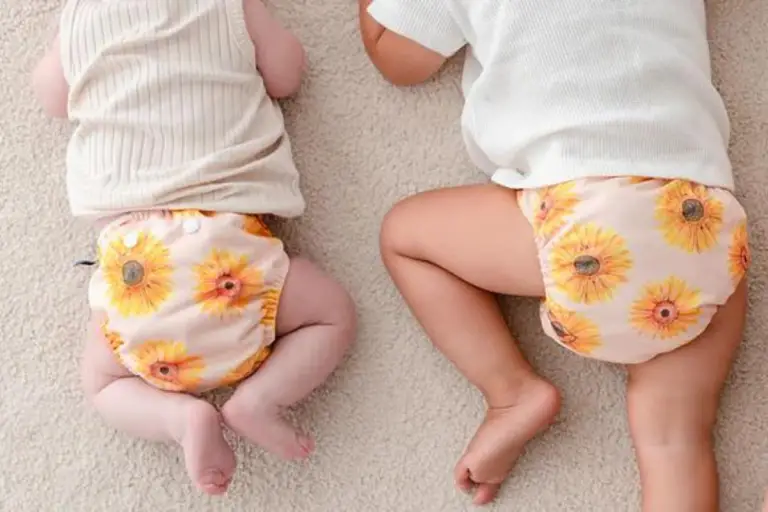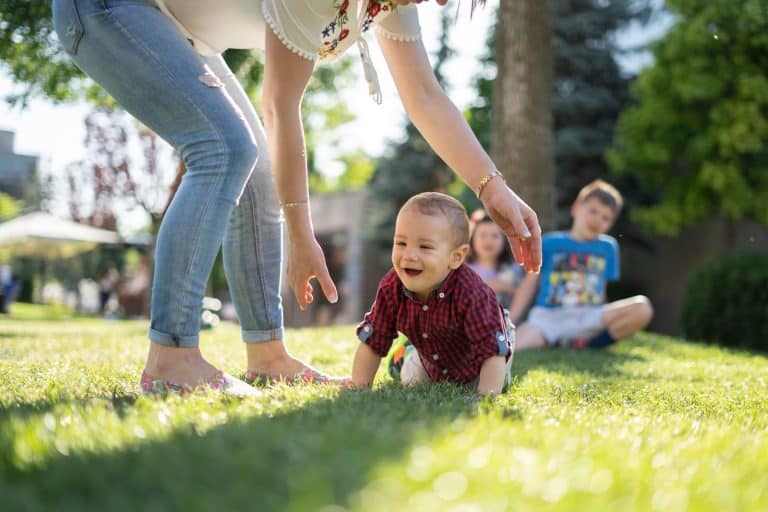Mastering Movement: the Dance of Fine Motor Skills Vs. Gross Motor Skills
Disclosure: This blog contains affiliate links which I may earn a small commission from if you purchase through them, at no extra cost to you.
Understanding the differences between these fine motor skills and gross motor skills is essential for fostering a child’s physical development and enhancing their confidence as they navigate their environment.
As toddlers embark on their journey of exploration and discovery, they engage in a myriad of activities that contribute to their overall development.
Among the most crucial aspects of this growth are fine and gross motor skills.
Fine motor skills involve the precise movements of small muscles, allowing toddlers to manipulate objects, draw, and perform everyday tasks.
In contrast, gross motor skills encompass larger movements that engage major muscle groups, enabling children to run, jump, and climb.
In this article, we will discuss the characteristics of fine and gross motor skills, their importance in early childhood development, and effective ways to encourage growth in both areas.
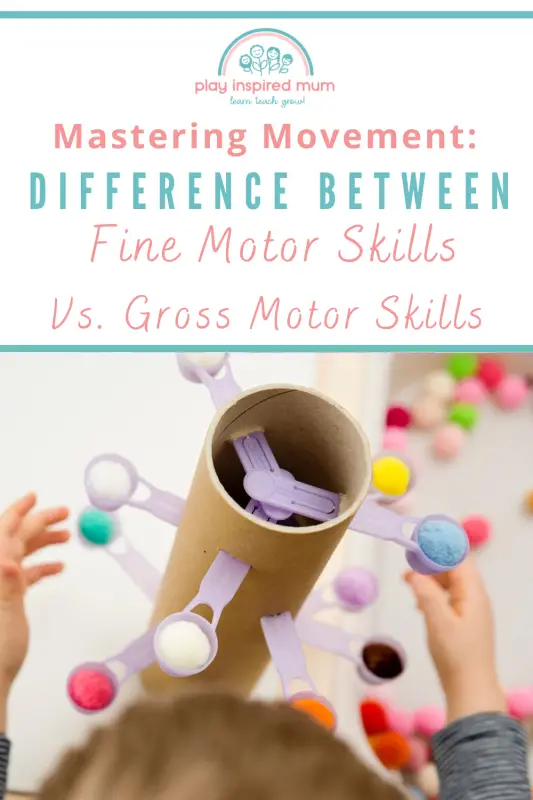
Mastering Movement: the Dance of Fine Motor Skills Vs. Gross Motor Skills
I find it crucial to dive into the differences between fine and gross motor skills, as this knowledge profoundly impacts a child’s development.
In every child’s life, the dance between handling small objects with precision and performing larger movements requiring the entire body’s coordination plays a significant role.
Mastery of both types of skills ensures a child can navigate daily activities efficiently and hit developmental milestones.
Fine motor skills, engaging smaller muscles for precise movements like the pincer grasp, lay the groundwork for tasks such as writing and feeding oneself.
Conversely, gross motor skills harness larger muscle groups for activities that get a child moving from place to place and participating in physical play.
Understanding these skills’ evolution offers insight into a child’s overall development and flags possible developmental delays needing early intervention.
Defining Motor Skills
Children’s motor development plays a pivotal role in the tapestry of child development, weaving through the everyday activities and milestones that mark a child’s growth.
These skills, categorized into fine and gross motor categories, involve the coordination of muscles to perform tasks.
The main difference between fine motor and gross motor skills is that fine motor skills refers to the precision of smaller muscle groups whereas gross motor skills refers to the coordination and strength of larger muscle groups.
Fine motor skills focus on the smaller muscles, requiring precision for actions like grasping small objects with a pincer grasp or drawing vertical lines.
Gross motor skills development, on the other hand, unleashes the power of large muscles, fostering large movements such as jumping or navigating playground equipment.
Distinguishing between these types and cognitive development unveils the complexity of growing up.
While cognitive development orchestrates problem-solving and memory, the development of motor skills lays the physical foundation for this cognitive growth.
It is the mastery of balancing, holding, and moving that propels a child forward.
Thus, understanding the key difference between fine and gross motor skills unlocks a deeper appreciation of how children explore and interact with their world, at their own pace and through various activities.
The Basics of Fine Motor Skills
Fine motor skills involve the coordination of small muscles of the hands and fingers, with the eyes.
The precise movements required for activities such as grasping small objects or drawing with crayons call upon these skills.
For young children, developing a strong pincer grasp—where they use the thumb and index finger to pick up items—is a significant milestone.
This use of small muscles plays a crucial role in later skills like tying a shoelace or using utensils properly.
By the time children reach months of age, many should start to show greater control over these smaller muscles, enabling them to explore and interact with their environment in more complex ways.
Utilizing shape-sorting toys or engaging in simple puzzles offers excellent opportunities for them to practice these fine movements.
Such activities not only enhance manual dexterity but also contribute to their cognitive development, illustrating how interconnected the development of motor skills and the broader landscape of child development are.
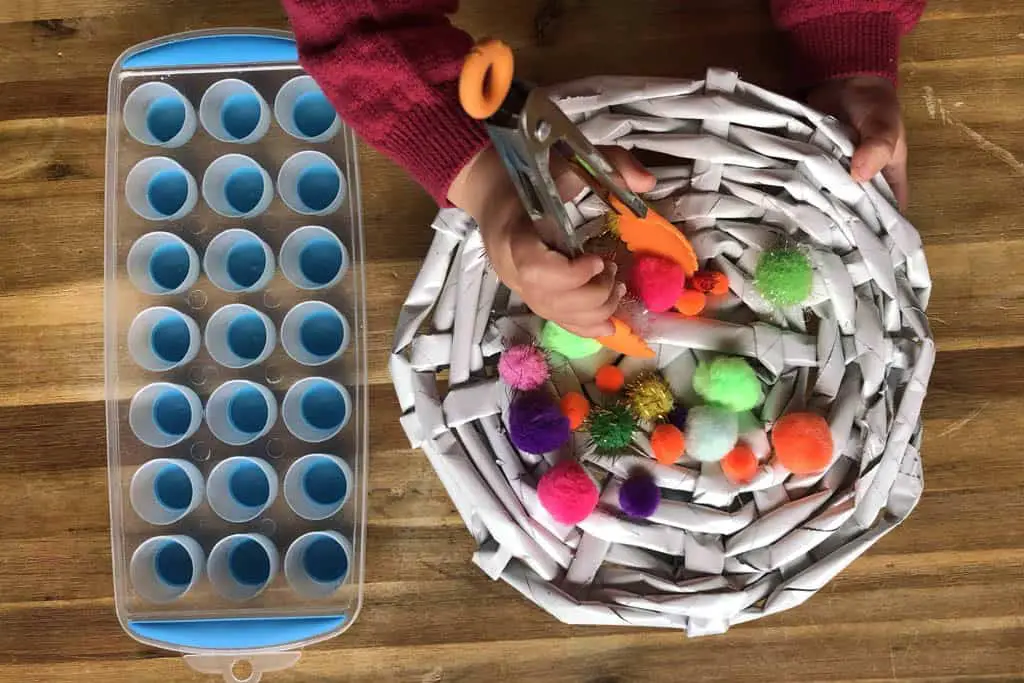
Examples of Fine Motor Skills
Here’s a list of fine motor skills and tasks that are a great way to encourage fine muscle movements:
- Grasp Objects: Picking up small colourful toy or blocks using fingers.
- Pincer Grasp: Pinching small items with thumb and forefinger, like picking up cereal.
- Stacking Blocks: Building simple towers with blocks or stacking cups.
- Using Crayons: Holding and scribbling with crayons or markers.
- Turning Pages: Flipping through the pages of a book.
- Stringing Beads: Placing beads on a string or shoelace.
- Pouring: Transferring water or sand from one container to another.
- Buttoning and Zipping: Trying to fasten buttons or zippers on clothing.
- Cutting with Safety Scissors: Snipping paper along a line.
- Play-Dough Manipulation: Rolling, squishing, and shaping play-dough.
- Using Tongs or Tweezers: Picking up small items with tongs.
- Tearing Paper: Ripping paper into smaller pieces.
- Drawing Shapes: Making basic shapes or lines with writing tools.
- Using Stamps: Pressing stamps onto paper.
- Building with Legos: Connecting and disconnecting Lego pieces.
These activities help enhance coordination and dexterity as toddlers explore their environment!
Exploring Gross Motor Skills
Gross motor skills rely on the coordination of larger muscle groups.
These include the legs, arms, and torso.
Gross motor skill development of these skills enables activities such as walking, jumping, and climbing.
Emerging at different rates in young children, these activities are crucial for the child’s overall development.
Each movement requires the entire body to move in a harmonious and physically demanding manner.
Key milestones mark the journey of gross motor development.
From rolling over during tummy time in the early months of a newborn baby to taking their first steps around twelve months of age, these milestones are pivotal.
By the age of three to five years, children engage in more complex physical activities.
Running, throwing ball games, and navigating playgrounds are just a few examples that highlight their growing physical strength and coordination.
It’s a good idea for caregivers to keep these developmental milestones in mind, as they provide insight into a child’s physical health and readiness for new skills.
Examples of Gross Motor Skills
Here’s a list of gross motor skills that toddlers typically develop:
- Walking: Taking independent steps and walking confidently.
- Running: Moving quickly and maintaining balance while running.
- Jumping: Leaping off the ground with both feet.
- Climbing: Ascending stairs or climbing on playground equipment.
- Kicking: Kicking a ball forward with control.
- Throwing: Tossing a ball or other objects overhand.
- Catching: Attempting to catch a ball or lightweight object.
- Balancing: Standing on one foot or walking along a line.
- Dancing: Moving rhythmically to music or imitating movements.
- Scooting: Moving around while sitting on the floor or a scooter.
- Hopping: Bouncing on one foot.
- Rolling: Rolling from side to side or rolling over completely.
- Crawling: Moving on hands and knees or army crawling.
- Pushing and Pulling: Using toys or objects to push or pull along.
- Swimming: Basic water movements (with supervision).
These activities help the child’s body build strength, coordination, and confidence as they explore their physical abilities!

The Critical Role of Hand-Eye Coordination
Hand-eye coordination plays a pivotal role in the weaving of fine and gross motor skills.
This intricate dance enables children to master tasks ranging from grasping small objects with precision to engaging in large, dynamic movements.
It is a cornerstone of a child’s development, acting as a bridge between cognitive endeavors and physical actions.
In the realm of fine motor control, activities like threading beads or drawing vertical lines bolster this crucial skill.
They demand precise movements from the smaller muscles of the hands, honing a child’s manual dexterity and pincer grasp.
On the broader stage of gross motor development, eye-hand coordination underpins the success of catching a ball or navigating obstacle courses.
These physical activities leverage larger muscle groups and integrate various body parts for coordinated action.
They often involve the entire body, enhancing physical strength and reaction time in young children.
By engaging in both sets of activities, children not only refine their motor skills at their own pace but also lay the groundwork for successful cognitive and physical development in the diverse environments they encounter throughout early childhood.
Developmental Milestones and Timelines
I have learned, through both personal observation and professional reading, that children’s motor skills evolve in marvelous ways.
This journey starts from the tiny grips of a newborn baby and stretches into the more confident strides of older children.
Each stage plays a significant role in a child’s development, incorporating both fine and gross motor skills as foundational elements.
Infants begin their journey towards control of their bodies through simple actions.
Grasping colorful toys or responding to tummy time, they forge the initial paths of physical development.
By the time they reach several months of age, most can hold small objects and start to exhibit the pincer grasp, a hallmark in the development of fine motor skills.
These small movements lay the groundwork for more precise tasks such as drawing vertical lines or piecing together simple puzzles.
In parallel, gross motor skill milestones also emerge.
From the first attempts to roll over on a hard surface, infants quickly progress to crawling, standing, and eventually, walking.
Activities such as ball games engage not just the entire body but also large muscle groups, enhancing physical strength and gross motor control.
It is crucial to remember, however, that children hit these milestones at different rates.
Early intervention and regular check-ins with healthcare providers can help address any developmental delays.
They emphasize that achieving these skills occurs at a child’s own pace, underlining the vast spectrum of individual differences in child development.
Spotting Developmental Delays
Observing a child’s progression through developmental milestones offers vital insights into their physical and cognitive growth.
At times, this journey may signal developmental delays, especially within the realms of fine and gross motor skills.
For parents and caregivers, recognizing these signs can be pivotal for fostering a child’s development.
Delays in reaching milestones such as grasping objects, crawling, or walking might indicate a need for intervention.
Similarly, if a child struggles with simple puzzles or lacks the coordination for ball games, this could hint at challenges with fine or gross motor skills.
Early intervention plays a supreme role in addressing these delays.
It empowers young children to catch up to their peers and enhance their overall development.
If uncertainty looms or milestones seem unmet, securing a consultation with the child’s pediatrician or child health nurse is a prudent step.
Healthcare providers can offer assessments to discern the extent of any delays and recommend therapies like occupational or physical therapy as pathways to improvement.
This proactive approach ensures children receive the support they need to thrive in all facets of their lives.
Enhancing Motor Skills Through Play
Children absorb new skills in diverse ways, yet play often serves as the most effective bridge for learning.
Simple puzzles and shape-sorting toys challenge small muscles in their hands, fostering fine motor control.
Such activities not only refine the pincer grasp but also bolster hand-eye coordination.
Ball games, on the other hand, invite the entire body into action.
They leverage larger muscle groups, enhancing gross motor control through running, jumping, and throwing.
Everyday activities, transformed into playful challenges, can also fortify motor skills.
For example, drawing vertical lines or shapes on a hard surface aids in honing precise movements of the hands.
Tummy time, especially for young infants, ignites physical strength and gross motor development.
This activity prepares infants for rolling over and sitting up, marking significant milestones in their physical abilities.
Encouraging children to engage in these varied forms of play can accelerate their motor skills development, setting a solid foundation for their overall growth.
The Role of Professionals in Motor Skills Development
Occupational therapists wield significant expertise in guiding young children through the intricate dance of developing fine motor skills.
These professionals offer tailored strategies that encourage the precise movements necessary for tasks like grasping small objects with a pincer grasp or maneuvering utensils.
Their intervention plays a pivotal role in overcoming challenges linked to fine motor control, laying a foundation for successful daily activities and cognitive development.
Similarly, physical therapists bring their deep understanding of gross motor skills to the forefront.
They focus on harnessing the strength of larger muscle groups to foster activities like jumping, climbing, and walking.
Through diverse techniques, these professionals also tackle developmental delays, employing therapies that range from simple puzzles to ball games, each designed to engage a child’s entire body.
Recognizing the impact of such delays on a child’s development, therapists emphasize early intervention, knowing it can significantly alter the trajectory of a child’s physical abilities.
Collaborating closely with healthcare providers and a child’s pediatrician, these specialists ensure a comprehensive approach to motor skill enhancement, making their role indispensable in the realm of child development.
Everyday Activities to Boost Motor Skills
Encouraging motor skills in young children can be seamlessly integrated into everyday activities.
For fine motor movements, encouraging them to use smaller muscles, like those in the hands, helps build dexterity.
Simple tasks such as grasping small objects, drawing vertical lines, or maneuvering pieces into a shape-sorting toy can significantly enhance their fine motor control.
These activities not only develop the pincer grasp but also lay the foundation for complex future skills like writing.
To bolster gross motor control, larger muscle groups need engagement through more dynamic activities.
Incorporating play that involves the entire body, such as ball games or navigating simple obstacle courses, can make a noticeable difference.
These movements require the child to coordinate different parts of their body, from the larger muscles in the arms and legs to the core muscles that maintain balance.
It’s a good idea to start these practices early, adapting them to fit the child’s development stage.
Physical activities, chosen thoughtfully, will support their overall development at various stages—from newborn tummy time to the active play of older children.
By weaving these practices into a child’s life, caregivers play a crucial role in their developmental strides toward mastering fine and gross motor skills.
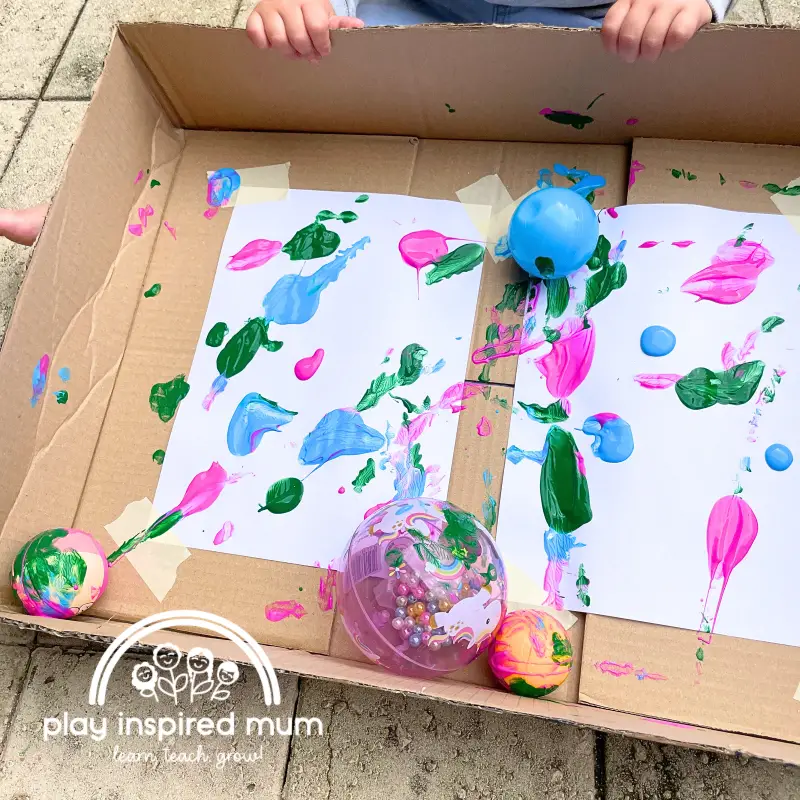
The Impact of Motor Skills on Cognitive Development
I have observed a fascinating interplay over the years between motor skills development and cognitive growth in young children.
The intricacies of this relationship shed light on how enhancing motor skills can significantly foster learning and problem-solving capabilities.
We have discerned from numerous studies and practical experiences that motor skill mastery, encompassing both fine and gross types, plays a critical role in the broader context of a child’s cognitive development.
Developing fine motor skills, which involve precise movements with the smaller muscles of the hands, such as the pincer grasp or drawing vertical lines, requires focus, patience, and a variety of cognitive processes.
It’s imperative to understand that these activities are not merely physical.
They compel the brain to engage in planning, visual-spatial understanding, and memory recall.
Similarly, gross motor skills, which utilize the larger muscle groups for walking, jumping, or participating in ball games, are influential in shaping a child’s physical coordination and spatial awareness.
Thus, it becomes clear that the refinement of these skills can illuminate paths to enhanced cognitive capabilities.
Early childhood, teeming with opportunities for gross and fine motor activities, serves as a critical period for embedding these foundational abilities.
Coordination, reaction time, and even aspects of intelligence such as problem-solving and memory are honed through the development of motor skills.
Investing time in playful yet educational activities that encourage motor skill development can greatly contribute to a child’s overall cognitive growth.
Navigating Challenges in Motor Skills Development
I understand that as parents, we often face challenges in supporting our children’s motor skills development.
Variations in development rates and the impact of environmental factors can make navigating your child’s physical development complex.
It’s crucial to acknowledge that every child grows at their own pace.
Some may master the pincer grasp or fine motor activities ahead of their peers, while others might excel in gross motor activities like crawling or walking sooner.
Environmental factors play a significant role, too.
A stimulating environment that offers a variety of physical activities can encourage the development of motor skills.
However, it’s essential not to overlook the possibility of developmental delays.
If you notice significant delays in your child’s ability to perform age-appropriate tasks, consulting a healthcare provider or a child’s pediatrician can provide early intervention and support.
They might suggest engaging in everyday activities tailored to enhance both fine and gross motor skills or might even recommend occupational therapy.
Remember, fostering your child’s motor skills development is not about rushing them through milestones.
It’s about offering diverse, enjoyable experiences that promote growth in different ways.
Encourage activities that involve larger movements for gross motor skills and those that require more precise movements for fine motor development.
By doing so, you’ll support their overall development and set them on a path toward mastering essential life skills.
Empowering Movement for a Brighter Future
We have traveled through the intricate landscape where fine and gross motor skills play pivotal roles in a child’s development.
Understanding the difference and interplay between these types of motor skills is essential.
It empowers us to guide our young ones as they navigate the milestones of growing up.
From holding favorite toys with a pincer grasp to leaping joyously during ball games, each activity strengthens their journey.
I recognize that children engage with the world around them in different ways.
Some might master vertical lines on paper with eager index fingers, while others delight in the gross motor achievements of tumbling on a hard surface during play.
These moments, both big and small, comprise the symphony of childhood development.
They require our encouragement, patience, and understanding as each child progresses at their own pace.
As caregivers, we play a significant role in nurturing their skills.
Offering activities that enhance physical strength, hand-eye coordination, and cognitive development is crucial.
From simple puzzles for fine motor refinement to adventurous tummy time that builds larger muscles, these experiences are invaluable.
We should always remember, that seeking advice from healthcare providers like pediatricians or occupational therapists can provide insight and support for our children’s needs.
In fostering an environment rich in opportunities for motor skill development, we gift our children the foundation for a thriving future.
Let us commit to being the steadfast cheerleaders in their corner, celebrating each new skill with joy and providing the support they need to blossom at their own unique pace.


